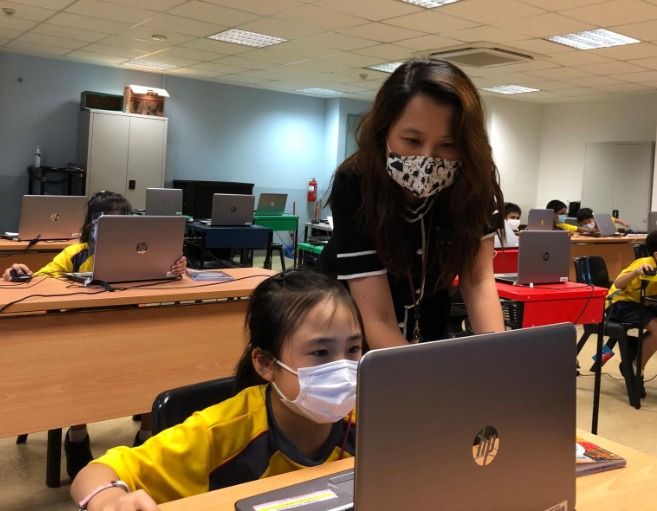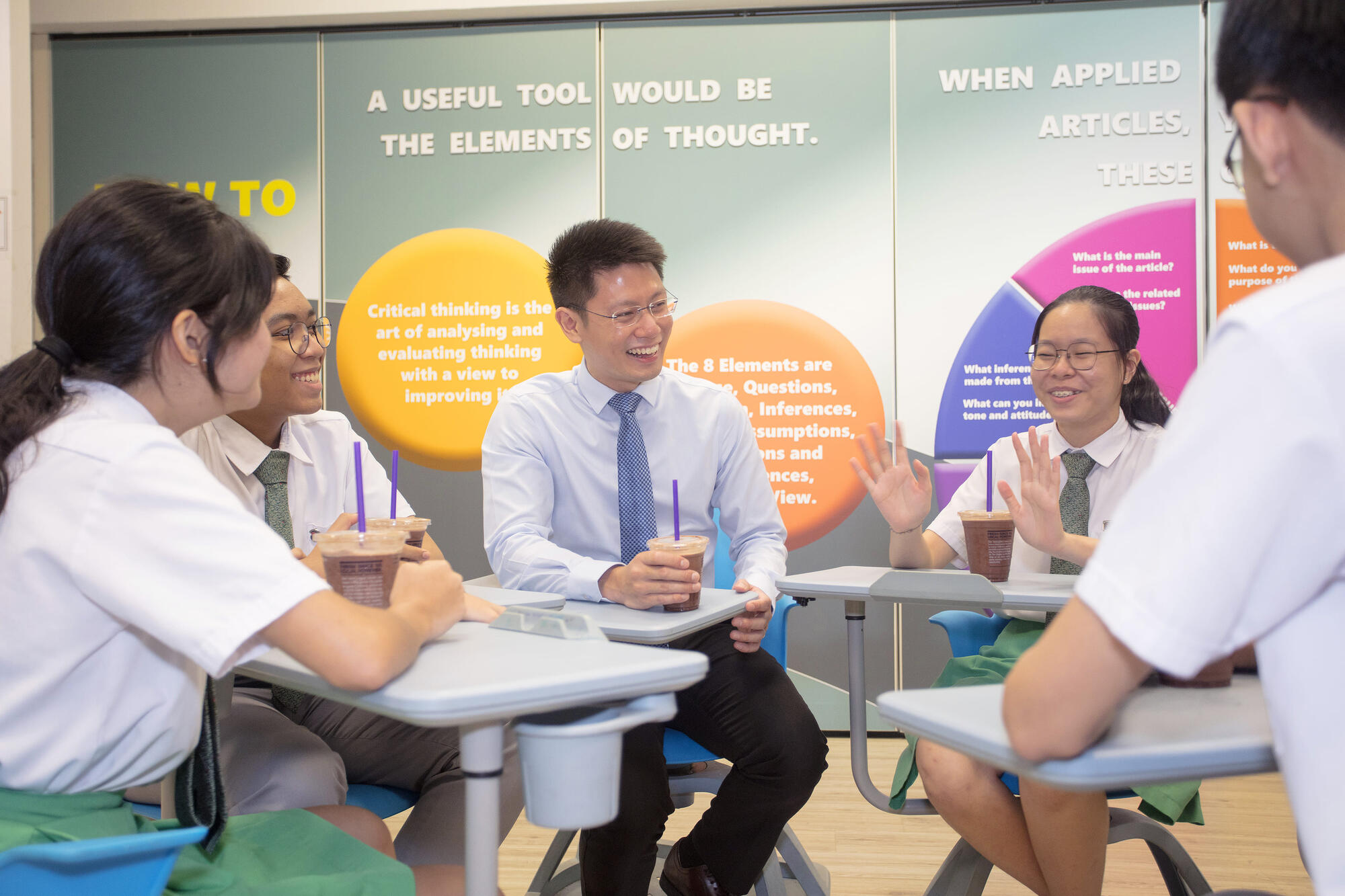Things will never go back to normal, and that’s not a bad thing.
That was my response to some colleagues who cheered when the last week of alternate Home-Based Learning (HBL) ended in the last week of June.
Yes, Full HBL has been challenging. It was stressful to learn new tools and move our lessons online very quickly. I also found myself more tired and drained during HBL than I did on normal school days.
But why should we go back to the “norm” when we have learnt so much through this crisis?
While I am not a fan of Full HBL because I believe that face-to-face interaction is crucial, I am a huge supporter of Blended Learning. This refers to an approach that combines classroom teaching and online self-directed lessons such as what we had in Term 3, where our children take more ownership over what and how they learn. This self-directed learning can take place both at home or in school.
Here’s why I feel Blended Learning is the way forward.
It caters to different styles of learning
Not all kids learn the same way. We all agree on this.
Some students thrived during the HBL we had this year as they could control their pace of learning. For example, they could choose to rewind a video, or pause it when they didn’t understand something. They loved being able to choose the time and place to learn. After all, not everyone can absorb information early in the morning; some focus better later in the day. Some loved learning from the comfort of their bed, with a bowl of snacks at hand.
HBL allowed them to do that. It was liberating.
But I also have students who disliked HBL as they could not concentrate at home. A few kids complained about younger siblings who distracted them. Others preferred having their teacher there to clarify their doubts on the spot. A few related that they would much rather highlight and scribble on books instead of facing a screen for long periods of time. I understand that, too.
That’s why I feel that Blended Learning is a good compromise as it benefits various types of learners.
It allows for better use of class-time
All teachers know that class-time is the most precious resource of all. The best part of being in class is the questions and discussions that arise when kids apply their knowledge and tackle problems together. It’s hard to replicate that energy virtually.
Yet there are also learning activities that can take place online easily. Basic content acquisition, for example, can be done through online lectures, videos and simple quizzes at home so that class time can be prioritised for questions and hands-on activities that require the teacher’s facilitation.
In Term 3, during HBL, I did an audio recording to introduce the topic of mass in Math. My students learnt how to measure mass and completed some simple questions that tested their understanding on SLS. Back in school, they applied what they learnt by solving word problems together. I was able to clarify their doubts and correct misconceptions that came up during their discussions. This would have been more challenging to do online.
It also helps that SLS serves as a repository of materials and my students can attempt the modules to revise their work any time. I don’t have to set aside a block of time to review everything in class.
Blended Learning allows me to dedicate more class-time for interactive and applied learning.
It provides opportunities for differentiation
Like many teachers, I would like to include more differentiated instruction, and customise my lessons for different groups of students, according to their readiness. However, it is not always easy to do so in the classroom.
With Blended Learning, I can provide additional support to students who are struggling to grasp basic concepts and reteach certain things without boring those who have already mastered the material. I do this by assigning lessons to these students to target areas of misconceptions. They can also attempt some self-directed modules and review topics they are unsure of. Being online removes the element of comparison with their peers, and they don’t feel singled out.
Those who are ahead are assigned more challenging questions to stretch their thinking. They benefit as well. I love the possibilities that SLS opens up for customised learning.
On the future of Blended Learning
The world of tomorrow is not going to be the world of today.
I believe that Blended Learning can be a canvas for teachers to innovate, inculcate independence in our students, and ignite their curiosity.
For example, I am keen to explore how different subjects can come together in an interdisciplinary module since we are not confined by subjects in a traditional timetable. Students can also embark on inquiry-based projects on HBL days and make use of online resources to discover more about a topic of their interest. The possibilities for learning are immense!
Our students and even our own children will be facing the full-blown digital industry. As educators, it is crucial we prepare them for that and acknowledge that Blended Learning will and should play a larger role in schools. We should be preparing our students for a world of unknowns and teach them that it is okay not to have textbook answers all the time. We need to teach them that it is okay to not know, and teach them to find answers and explore possibilities on their own.
Although some teachers and parents are rightly worried about the distractions of online learning, I believe that the school is one of the safest environments where the young can make mistakes and learn. Where else can they acquire the skills they need to navigate the digital future?
Of course, I don’t expect it to be all smooth-sailing. Parents and teachers alike have to adjust our mindsets and let the kids learn to do things on their own. We may fumble a little, but teachers also have to model resilience and the willingness to try – so that our students can do so too!




.jpg)

